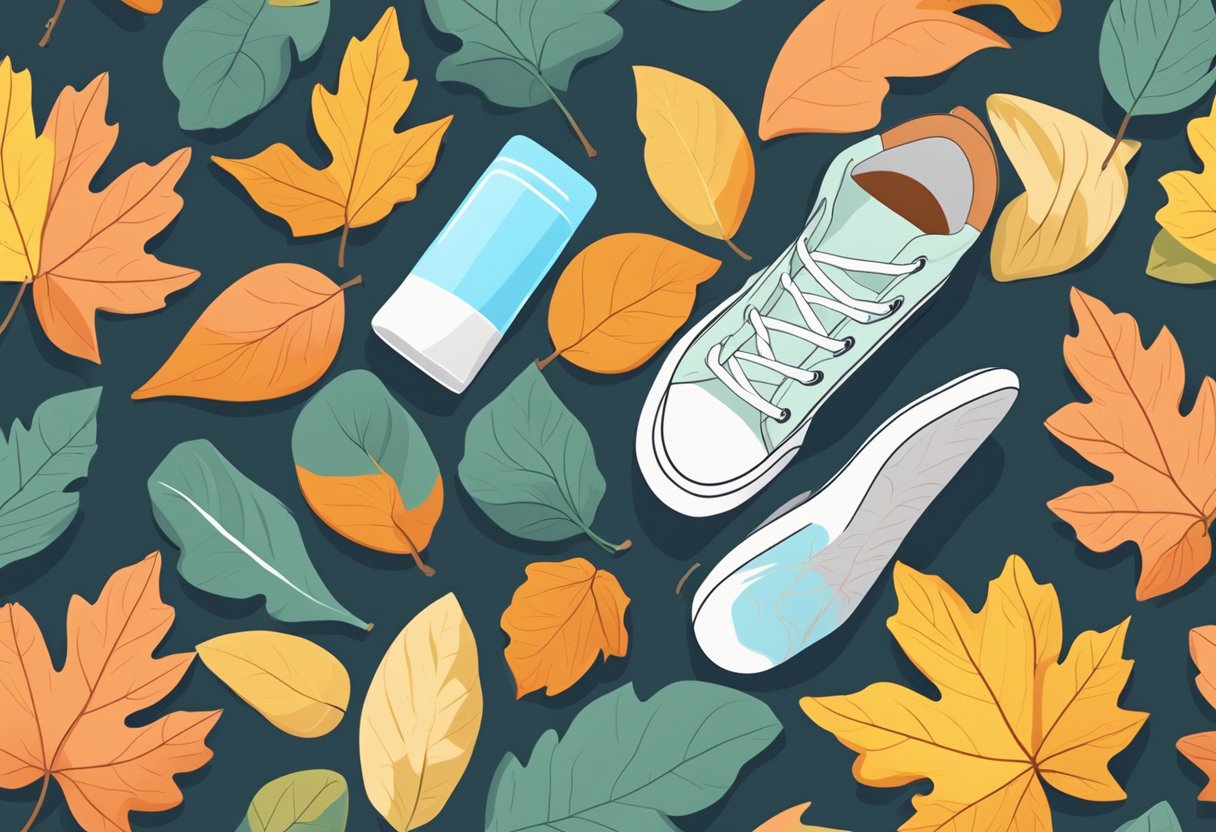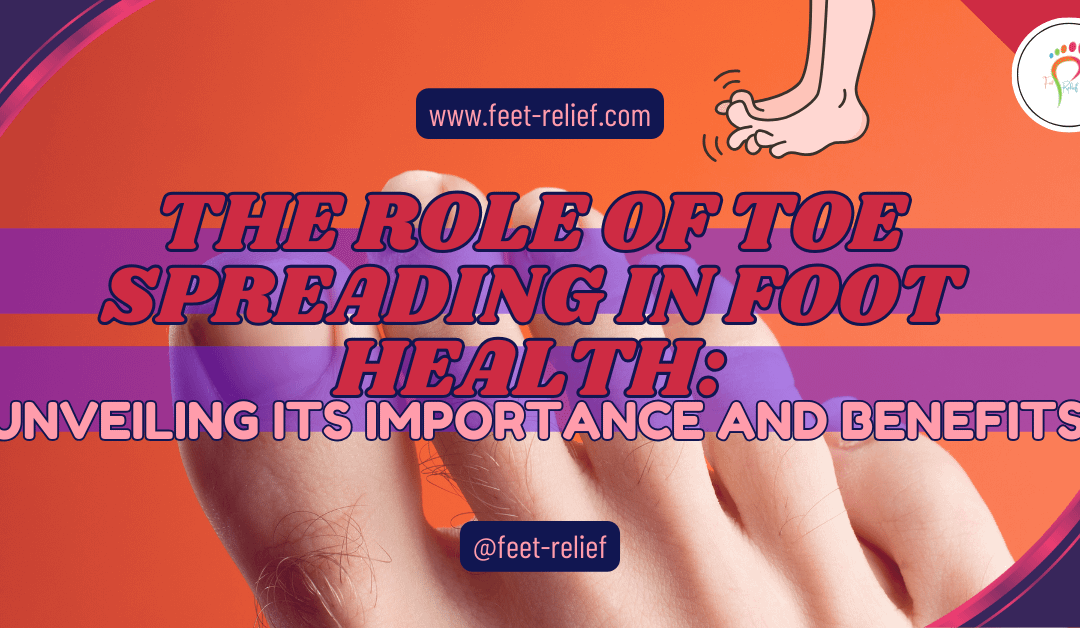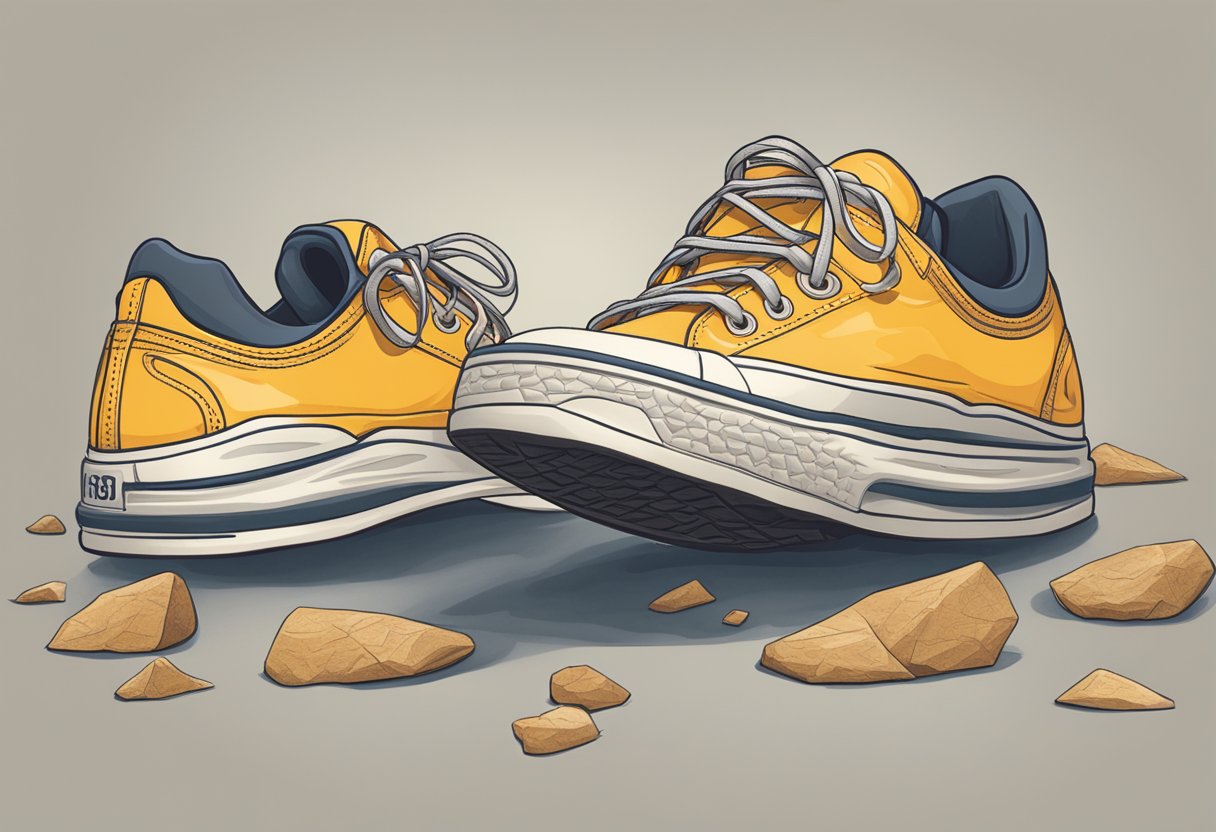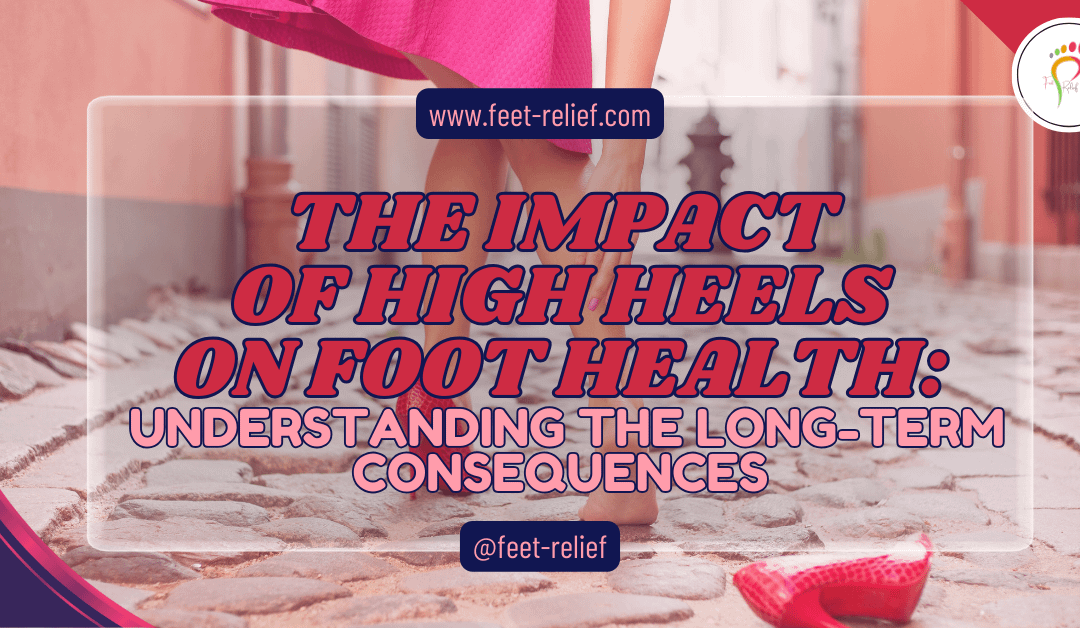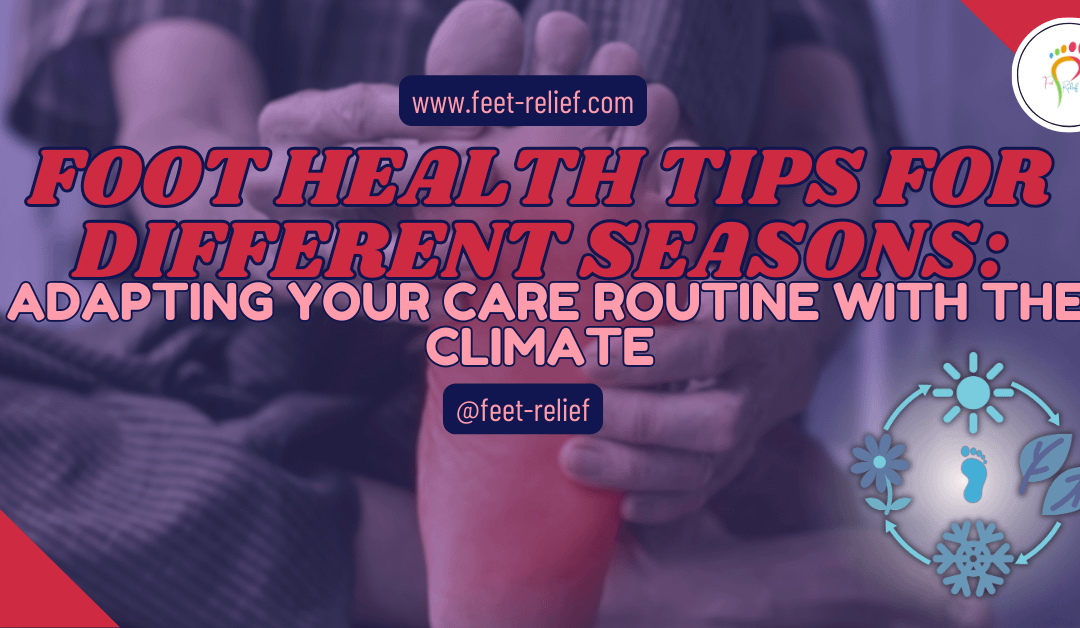
Foot Health Tips for Different Seasons: Adapting Your Care Routine With The Climate
Foot health tips for different seasons? Believe it or not, our feet take a beating year-round. From sweaty summer sandals to cozy winter boots, the weather throws a lot at our tootsies. But fear not, fellow foot enthusiasts (or maybe you just don’t want to deal with stinky shoes or painful blisters), because this handy guide has you covered. We’ll explore how to keep your feet happy and healthy through every season, from spring cleaning your feet after a winter hideaway to navigating those treacherous autumn leaves without a tumble. So ditch the socks (for now) and get ready to dive into the wonderful world of seasonal foot care!
Foot Health Hacks: Keeping Your Toes Happy All Year Round
Maintaining foot health throughout the year is essential as each season comes with its distinct challenges and considerations. Variables like temperature, humidity, and activity level can all impact your foot well-being. For instance, the warm and sometimes wet conditions of spring may require you to pay more attention to keeping your feet dry to prevent fungal infections, while summer might demand more breathable footwear to manage heat and sweat.
As autumn arrives, cooler temperatures and falling leaves might necessitate footwear that provides warmth and prevents slip-related injuries. Meanwhile, winter brings about its own set of concerns, such as the need for boots that not only keep your feet warm but also dry and protected against the harsh conditions. Good foot care is not just about choosing the right footwear; it’s also about the daily practices that support the strength and health of your feet. Regular inspection, proper hygiene, and appropriate seasonal adjustments are foundational habits that support foot health throughout the year.

Key Takeaways
- Proper footwear and hygiene are crucial for maintaining foot health year-round.
- Seasonal changes necessitate adjustments in foot care routines.
- Regular foot inspection is essential for detecting and preventing potential issues.

Understanding Foot Health
Maintaining healthy feet is crucial regardless of the season, as your feet are the foundation for overall body support and locomotion. Let’s explore the structures that make up your foot and common issues that can arise in different seasons.
The Anatomy of the Foot
Your foot is a complex system composed of bones, muscles, tendons, and ligaments.26 bones work in unison, forming two main sections: the forefoot (toes and five longer bones called metatarsals) and the hindfoot (heel and ankle). The arches of your feet are supported by the tendons and ligaments, which absorb shock and distribute weight during movement.
- Forefoot: Contains phalanges (toe bones) and metatarsals.
- Midfoot: Forms the foot’s arch and includes cuboid, navicular, and cuneiform bones.
- Hindfoot: Made up of the talus (ankle), calcaneus (heel), and connects to the two lower leg bones tibia and fibula.
Common Foot Problems by Season
Spring/Summer: When temperatures rise, feet often sweat more, making you susceptible to athlete’s foot, a fungal infection. Choosing well-ventilated shoes and moisture-wicking socks can help prevent this.
- Athlete’s Foot: Fungal infection causing itching, redness, and peeling.
- Overheating: Possible issues like swollen feet due to heat.
Autumn/Fall: Cooler weather can bring relief, but don’t ignore your feet. Damp, fallen leaves can create slippery surfaces, increasing the risk of ankle sprains.
- Ankle Sprains: Torn or stretched ligaments resulting from twisting your ankle.
Winter: Colder climates mean closed shoes and boots, which can lead to ingrown toenails and chilblains. Ensuring proper shoe fit is essential to avoid toenail damage.
- Ingrown Toenails: When the corner of your toenail grows into the flesh.
- Chilblains: Painful inflammation of small blood vessels in your skin responding to sudden warming from cold temperatures.
Spring Foot Care
With the arrival of spring, it’s time to give your feet the attention they deserve after being cocooned in winter footwear. This section aims to guide you on moisturizing effectively, choosing the right footwear for the season, and managing any foot-related allergies that may arise.

Moisturizing Tips for Spring
Hydration from Within:
- Drink ample water to maintain overall hydration levels, which contributes to healthier skin on your feet.
Topical Moisturizers:
- Apply a foot-specific lotion or cream to keep the skin on your feet supple, targeting dry areas to prevent cracking.
Adequate Footwear for Warmer Weather
Material Matters:
- Opt for shoes with breathable fabrics like canvas or mesh to help prevent excessive perspiration and odor.
- Avoid plastic or non-breathable materials that can trap moisture and lead to fungal infections.
Supportive Sandals:
- Choose sandals with arch support to avoid strain during outdoor activities. Flat options without adequate support can lead to foot pain or injury.
Allergy Management for Feet
Antihistamines:
- Consider over-the-counter antihistamines if you experience allergic reactions affecting your feet.
Barrier Creams:
- Use hypoallergenic barrier creams to protect your skin from plant allergens or irritants commonly found during spring.
Cleansing Routine:
- Regularly wash your feet to remove allergens and apply a soothing cream to any irritated areas.
Summer Foot Health
During summer, your feet require particular care to prevent sunburn, manage perspiration, and protect against waterborne infections.

Protection from Sun and Heat
In summer, your feet are just as susceptible to sunburn as the rest of your body. Apply a broad-spectrum sunscreen with an SPF of 30 or higher on your feet when wearing open shoes or sandals. Additionally, wearing light, breathable shoes can protect your feet from overheating and developing heat rash or blisters.
Managing Sweat and Odor
Heat often increases foot perspiration, leading to odor and discomfort. Opt for moisture-wicking socks and rotate your shoes to give each pair a chance to dry out fully. Products containing emollients can hydrate your feet and help manage dry skin, which can otherwise become more prevalent with frequent washing or exposure to pool water.
Water Safety for Feet
Pools, beaches, and lakes are breeding grounds for bacteria and fungi. Always wear water shoes to prevent cuts and abrasions, and to protect against plantar warts or athlete’s foot. After swimming or wading, thoroughly dry your feet, especially between the toes, to prevent fungal infections.
Autumn Foot Care
As autumn arrives, it’s essential to adapt your foot care routine to the changing weather. This includes selecting appropriate footwear for cooler temperatures, maintaining hydration, and ensuring that your feet have the necessary support to navigate the often uneven terrain covered with fallen leaves.

Transitioning to Cooler Weather Footwear
With the drop in temperature, it’s time to transition from sandals to closed-toe shoes and boots. Prioritize footwear that offers ample room for your toes, as this will enhance circulation and reduce the risk of blisters and pressure sores. Breathable materials like leather or high-quality synthetics are also crucial to prevent excessive moisture that can lead to fungal infections. It’s important to wear shoes that fit well and provide adequate insulation.
Foot Hydration as Temperatures Drop
Cooler air can dehydrate your skin, including the skin on your feet, leading to dryness and cracks. Moisturizing your feet daily becomes even more vital in autumn. Look for a cream that’s formulated specifically for feet and apply it every night before bed. For best results, exfoliate with a pumice stone weekly to remove dead skin, which allows for deeper penetration of the moisturizer. Remember, foot-hydration is not just about applying cream; staying hydrated by drinking water is equally important to maintain your skin’s health from the inside out.
Supportive Footwear for Fallen Leaves Terrain
Autumn typically means more debris and fallen leaves on the ground, which can create slippery and uneven surfaces. Invest in shoes with a sturdy outsole to provide increased traction and consider supportive features like insoles or custom orthotics if necessary. Proper support will help prevent injuries as you navigate through the varied autumn terrain. For those who participate in fall sports or outdoor activities, ensure your footwear caters to the demands of your specific exercises.
Winter Foot Well-being
In winter, your feet face unique challenges. It’s crucial to keep them warm, dry, and well-circulated to maintain their health during the colder months.
Keeping Feet Warm and Dry
Your feet are more prone to dryness and cracking in cold weather due to heaters and the dry winter air. To prevent these issues, moisturize daily with a high-quality foot cream to hydrate your skin. Choose footwear that is waterproof and insulated to keep your feet warm and dry, especially when engaging in activities like winter sports.
Avoiding Slips and Falls on Ice
To reduce the risk of falls on icy surfaces, invest in shoes with non-slip soles or use traction cleats that can be attached to your existing footwear. When walking on potentially slippery areas, take shorter steps and walk flat-footed to increase your stability.
Circulation Improvement during Cold Months
Cold temperatures can diminish blood flow to your feet, increasing the risk of frostbite. Keep blood circulation optimal by wearing loose layers of socks for insulation; tight socks can constrict blood flow. Regularly exercising your feet and ankles with simple movements can also improve circulation during the winter season.
Foot Health Tips for Different Seasons: Keeping Your Feet Happy All Year Round
So there you have it! From spring cleaning your feet to mastering the art of winterproofing your tootsies, this guide has equipped you with the knowledge to keep your feet healthy and happy throughout the year. Remember, a little TLC goes a long way – consistent moisturizing, regular shoe rotation, and choosing the right footwear for the season are all key players in maintaining good foot health. Don’t forget to listen to your feet! Pay attention to any discomfort or changes and address them promptly. For any lingering concerns, a visit to your podiatrist is always a good idea.

Thanks for joining us on this foot care journey! We hope these tips help you keep your feet feeling fantastic all year long. Now go forth and conquer the world, one happy step at a time!
Frequently Asked Questions
In this FAQ section, you’ll find specific advice on how to care for your feet through the changing seasons, ensuring comfort and health year-round.
What are the best practices for foot care during the summer months?
During the summer, your feet are often exposed to heat and sunlight, increasing the risk of sunburn and fungal infections. It’s important to wash your feet regularly with soap and water, dry them thoroughly, and apply sunscreen to the tops of your feet when wearing sandals.
How should I modify my foot care routine in cold weather?
Cold weather can cause your skin to become dry and cracked. To combat this, moisturize your feet daily and wear moisture-wicking socks to keep them dry. Choose footwear that provides insulation and waterproofing to protect against cold and damp conditions.
What steps can I take to restore the health of my feet?
Restoring the health of your feet involves maintaining good hygiene, using the appropriate creams or treatments for foot conditions, and wearing shoes that properly support your feet. Consider visiting a podiatrist if you have persistent issues.
What causes foot skin issues in the summer, and how can I prevent them?
Foot skin issues in the summer, such as blisters and athlete’s foot, are often due to increased moisture from sweating and wearing closed shoes. To prevent these issues, choose breathable footwear and change your socks as needed, ensuring your feet stay dry.
Are there specific footwear recommendations for maintaining foot health throughout the seasons?
Yes, footwear should be chosen based on the season. In summer, opt for lightweight, breathable shoes, while in the winter, choose insulated and waterproof shoes. Ensure that your shoes fit well and provide proper support year-round.
How can I protect my feet from seasonal conditions such as dryness or humidity?
To protect your feet from dryness, moisturize them daily and avoid excessively hot showers. In humid conditions, keep your feet dry with moisture-wicking socks and use antifungal powders if necessary to reduce the risk of fungal infections.
Craving Happy Feet?
Dive deeper into the world of foot care on our website ! Discover insightful articles, product reviews, and connect with a vibrant community passionate about foot health and relief. Join us on Facebook too! We can’t wait to welcome you.




